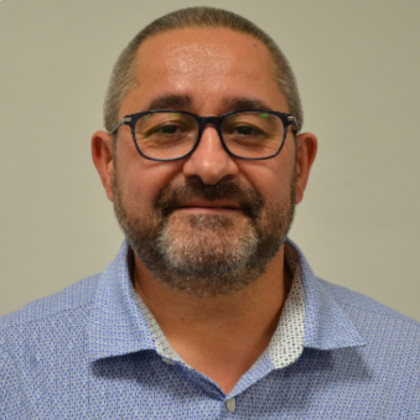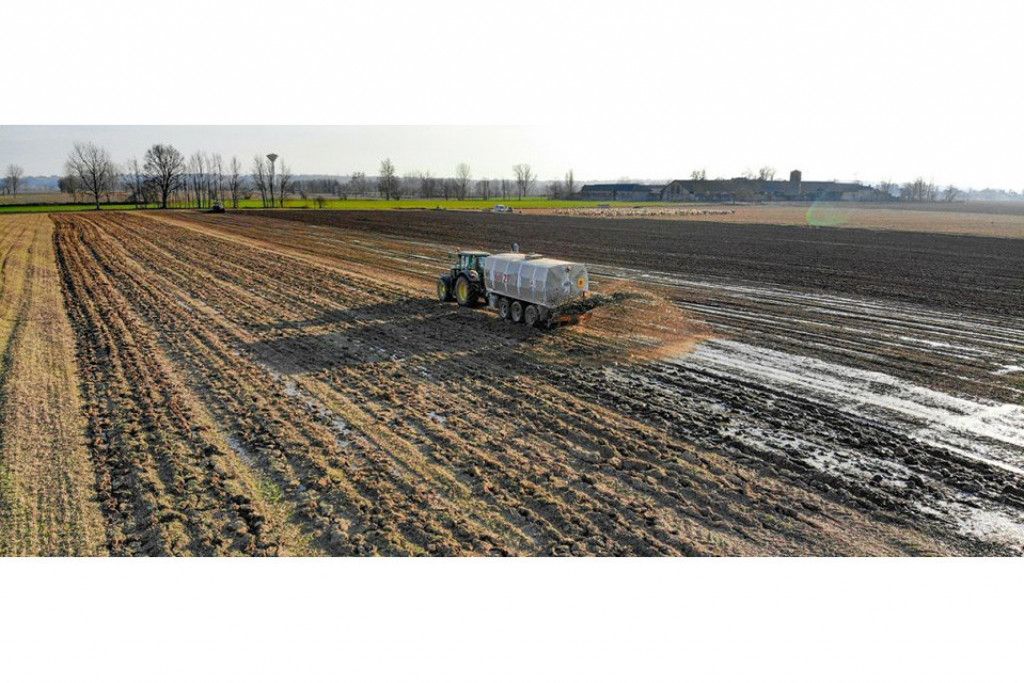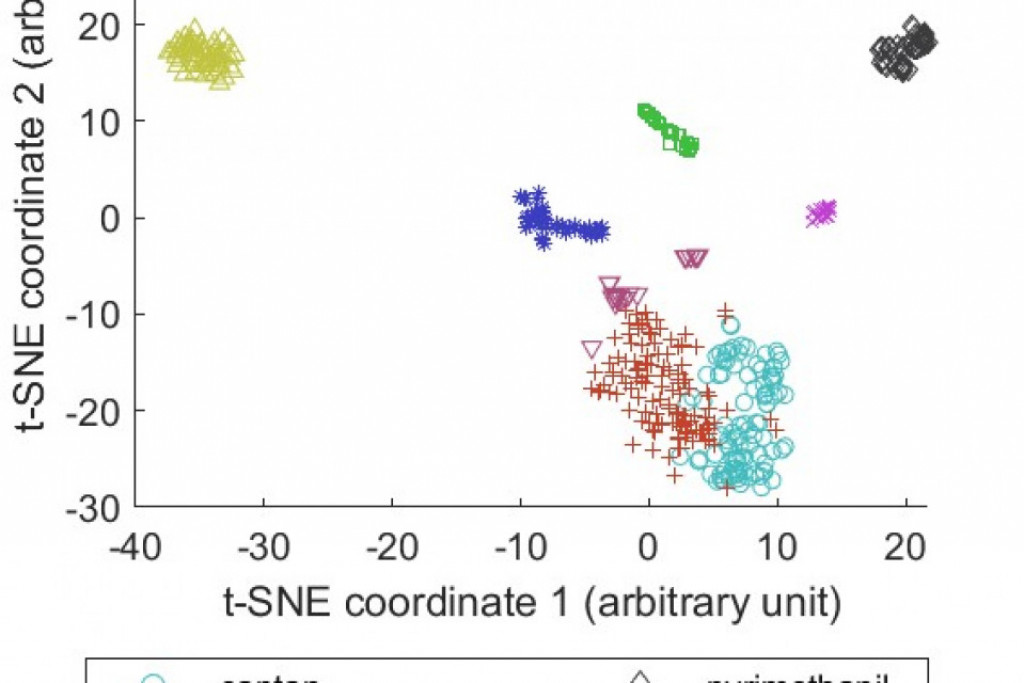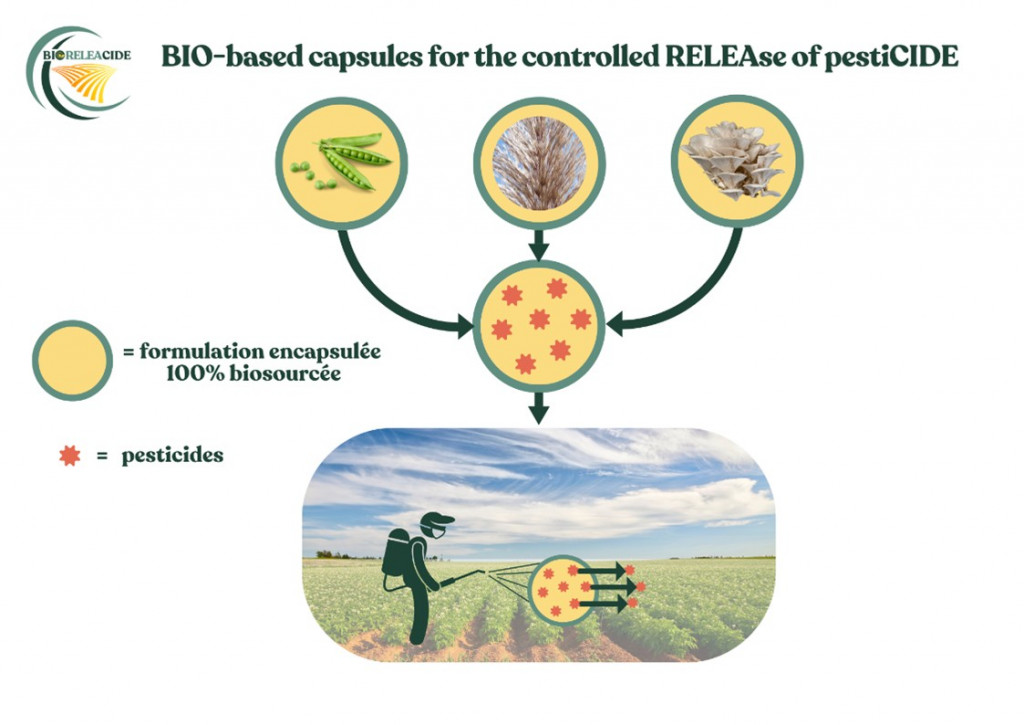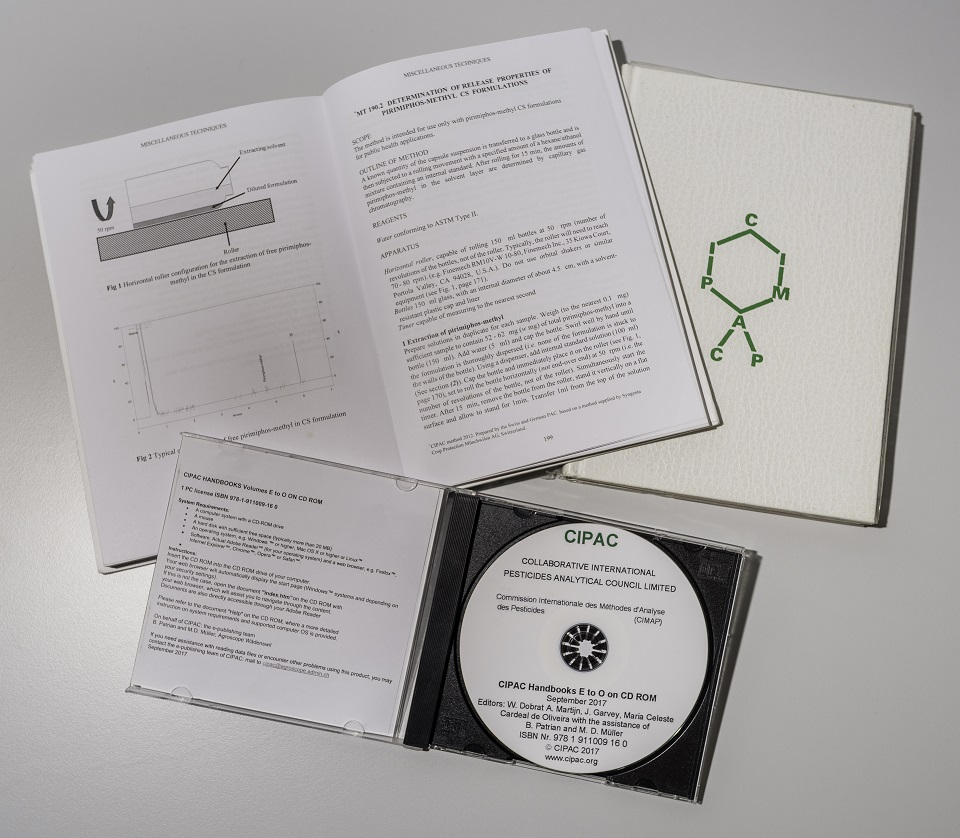The European Police Office (Europol) and the Directorate-General for Health and Consumers of the European Commission (DG SANSO) estimate that over 10% of the plant protection products (PPP) used in Europe are counterfeit. The Organisation for Economic Cooperation and Development (OECD) estimates that 5-7% of PPPs are illegal products. The main points of entry into Europe are the ports of Hamburg, Rotterdam and Antwerp. This percentage is even higher in the case of the global PPP market.
Counterfeit PPPs can take various forms: lack of active ingredient or incorrect active ingredient, out-of-specification content of active ingredient, incorrect, missing or prohibited co-formulants, presence of highly toxic impurities, unknown composition ... These unauthorised products have not been tested or assessed in accordance with the stringent PPP licensing legislation. As well as creating serious economic problems, they represent a high risk to users, to the consumers of the food on which the products are found, to the plants treated (risk of phytotoxicity), and to biodiversity and the environment.
Liquid or gas chromatography (HPLC, GC) is commonly used to identify and quantify the content of active ingredients and their relevant impurities in technical and formulated PPP products. When this is supplemented with standardised methods for the analysis of physical, chemical and technical properties, the products can be characterized for the purpose of approval or quality control with respect to specifications. The search for counterfeit products requires the use of screening or profiling techniques that make it possible to identify all constituents of a product or obtain its "fingerprint", and compare this with spectral libraries of compounds or with a reference product.
In the field of counterfeit PPP research, the CRA-W has at its disposal state-of-the-art techniques such as gas chromatography coupled to mass spectrometry (GC-MS, GC-MS/MS), high or ultra-high performance liquid chromatography coupled to mass spectrometry (LC-MS, LC-MS/MS) or coupled to high-resolution mass spectrometry (LC-HRMS), and non-destructive techniques such as Fourier transform infrared spectroscopy (FTIR) and Raman spectroscopy. The CRA-W is developing its skills in this area to provide an effective response to the problem of counterfeit pesticides.
